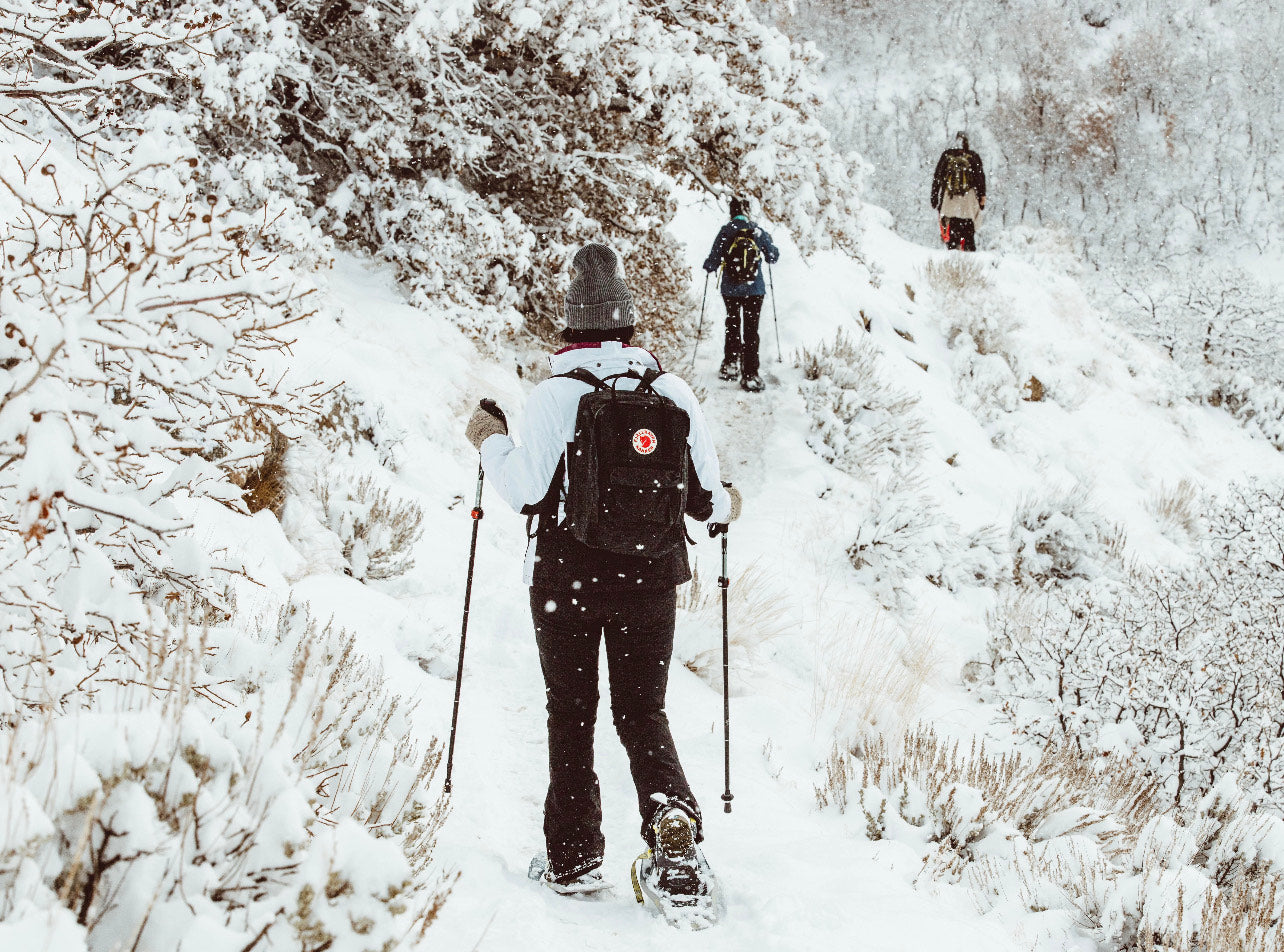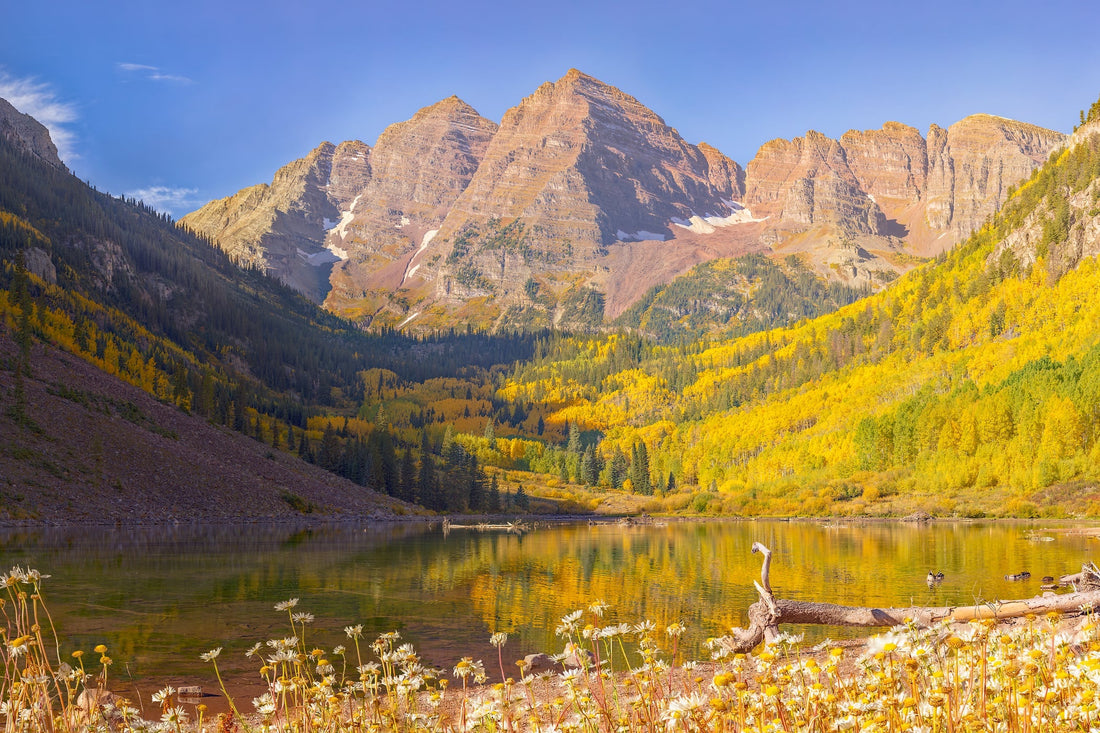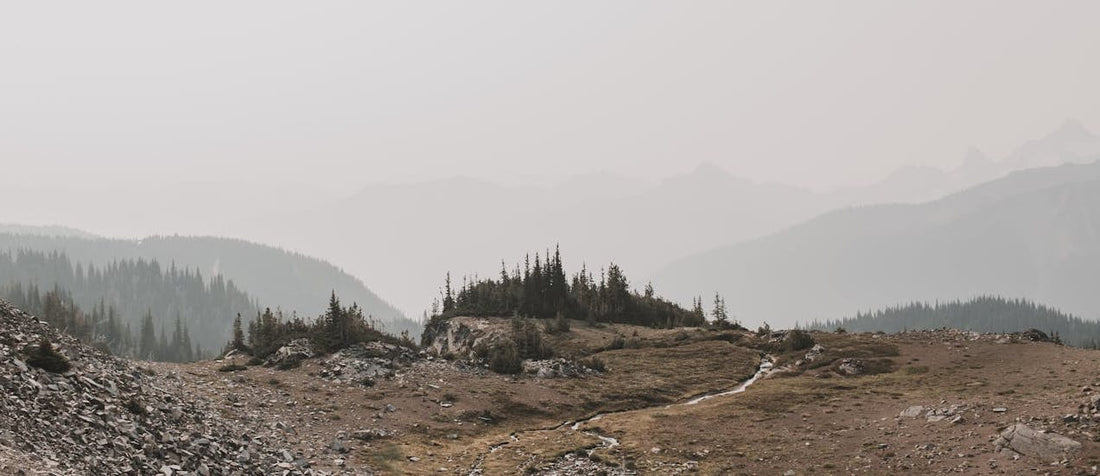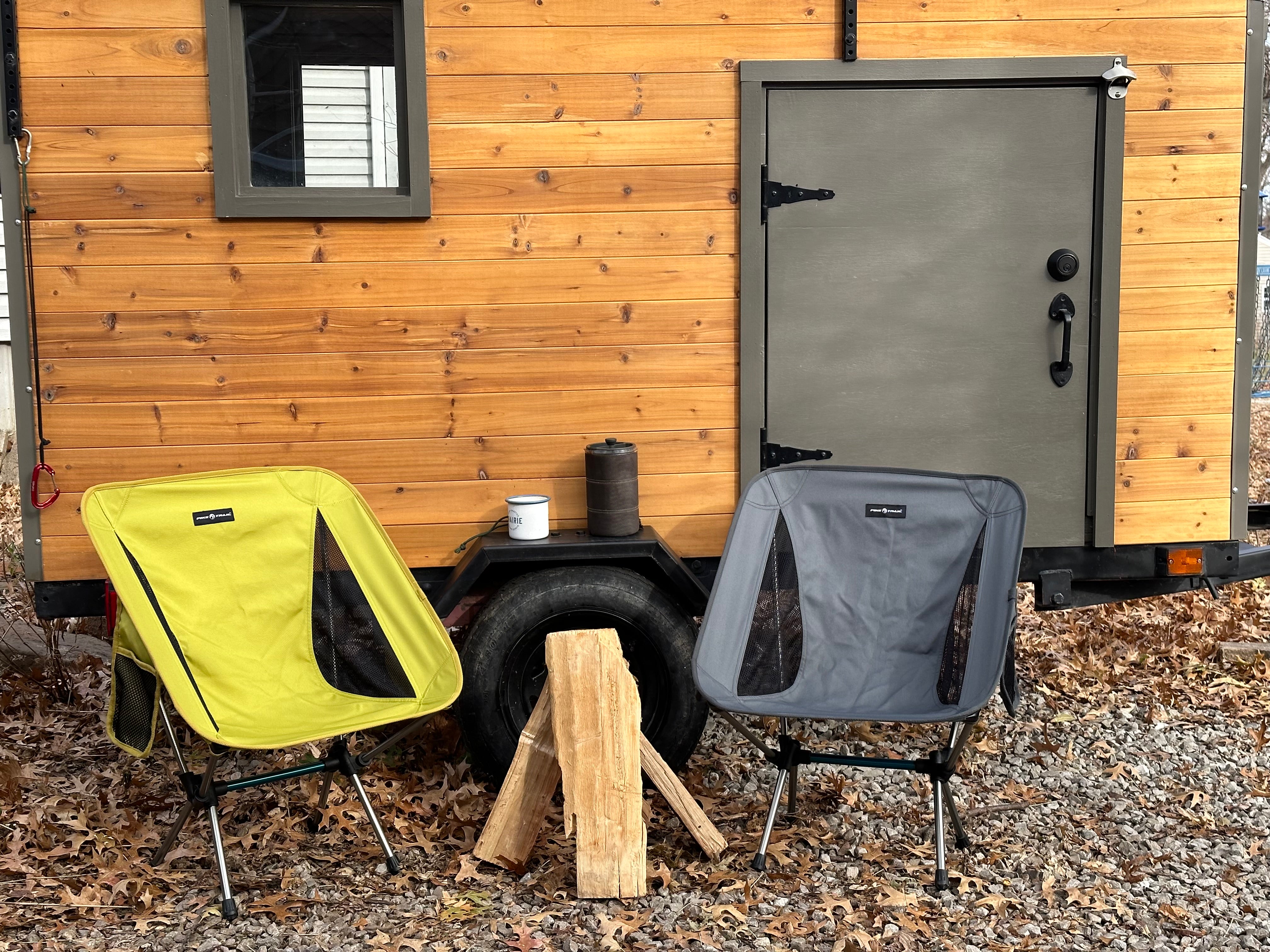There are many ways to spend time outside in the winter, including winter sports. Many people love to ski or snowboard in the winter. Others have a penchant for camping in the cold. If you aren't into extreme sports or prefer sleeping in a real bed with heat, you don't have to avoid the outdoors in the winter entirely. Instead, one activity to consider trying is snowshoeing.
You've probably seen snowshoes before, and you might have thought that they look a little silly. In reality, however, snowshoes are a fun way to navigate the outdoors when the ground is covered in the powdery white stuff, and they give you a chance to get some exercise and Vitamin D while also having a bit of fun.
Do you feel ready to try snowshoeing for the first time? Read our guide to the essential things you need to know and have below. That way, you can ensure that your experience is a fun and enjoyable one, and not one where anyone ends up feeling cold or miserable because they came unprepared.
Shop for Snowshoeing Essentials at Pike Trail
If you feel like you are ready to go snowshoeing out in the wild, check out Pike Trail. Our outdoor store has essential snowshoeing gear, from waterproof socks to gaiters and beyond. Pike Trail offers the opportunity to go snowshoeing and to be comfortable and cozy while you do it—so explore our selection today. You can be ready to take advantage of the beauty of the outdoors, even if the temps are cooler than you're used to.
Snowshoes
Snowshoes are the equipment you'll wear to sort of walk or glide through the snow. These are essential for traversing the frozen ground. Go to an outdoors supply store. They can help you find the right snowshoes for your weight and where you'll be hiking. You want to make sure you're getting equipment for the terrain you'll be on and the conditions you'll be in.
Waterproof Boots
Snowshoes attach to your hiking boots. You want to make sure you have boots that are sturdy and fit well—and also that are waterproof since you'll be doing an activity where you intentionally walk through the snow. The boots should be thick and warm since you don't want to feel the cold or the wetness of the snow through them.
Hiking Gaiters
Hiking gaiters are protective gear that you wear over your boots that cover your ankles, so that nothing can get into the shoes that you're wearing while you hike. You should wear hiking gaiters while you snowshoe, too, because they will stop any ice or snow from getting into your boots while you snowshoe. Getting snow or ice in your boots is a great way to get your feet wet. Moisture contributes to blisters and can increase your risk of frostbite. Well-made hiking gaiters are waterproof and won't let anything through them, so you'll keep your ankles, boots, legs, and feet protected while you traverse through the snow in your snowshoes.
Waterproof Socks
One more protective layer it's important for you to wear while snowshoeing is waterproof socks. In case any water, snow, or ice gets into your boots while you snowshoe, waterproof socks keep the moisture from getting your feet wet. Waterproof socks can be very protective for your feet. They'll stop you from getting blisters from friction between your wet skin and your shoe, and they can also stop you from getting frostbite if conditions are particularly cold and icy. Choose waterproof socks that come up higher than the top of your boot, and that will fit underneath your gaiter, to give yourself the optimal level of protection as you snowshoe.
Waterproof Pocket Blanket
Snowshoeing looks like a lot of fun—and it is! But what many people don't realize is that it is also very hard work. Bring a waterproof pocket blanket along when you snowshoe, and you'll be able to sit down and take a rest while you go. Depending on where you are snowshoeing, there likely is not a place that will be warm and dry for you to rest while you're out in nature. With a waterproof pocket blanket, you can create that kind of spot for yourself and anyone you are snowshoeing with.
Adjustable Poles
You know that there are poles for skiing—but did you realize that people going snowshoeing use poles, too? If you go to a store with outdoor adventure and hiking supplies, you can get poles made specifically for snowshoeing. Make sure you get poles that are adjustable, so you can ensure they are right for your height. You should also get poles with snow baskets on them because you will be using them in areas where the snow is particularly deep.
Get Your Snowshoeing Basics at Pike Trail
Once you have all the gear above, make sure you dress in warm, layered clothes—with an outside layer that is waterproof. Then—ready to go snowshoeing? Shop at Pike Trail. Our outdoor equipment store offers only tried and tested outdoor gear, and it has almost everything you need for a good snowshoeing experience.






